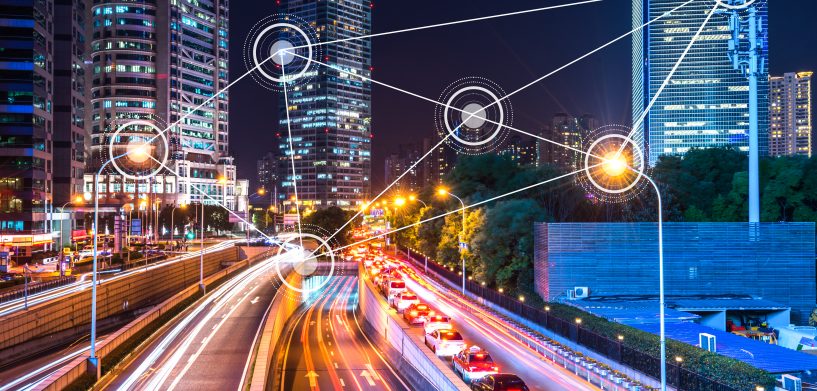Smart digital solutions for real city problems
The “Smart City” is a hot topic these days — so much so that more than 25,000 people convene for the Smart City Expo World Congress in Barcelona every year. And that’s just one event among hundreds of others, thousands of conversations, and daily references to smart cities in the news.
The use of technology to support city life continues to be a hot topic because of an immense influx of people to cities worldwide, which means they need to strive harder for safety and sustainability. One constant as cities adopt digital technology is a need to put data to work in these real-life, daily scenarios.
Like anyone else, city leaders see and hear a lot about IoT, AI, and other buzzworthy technologies. In some cases, they are even pressured to adopt the “next big thing.” But, the technologies themselves aren’t what’s important — it’s how they can be used to tangibly solve problems.
“Practical applications for new technologies are not always obvious,” said Stefanie Ellinger, Solutions Engineer with Hexagon’s Geospatial division. “Cities don’t have an AI problem, they have a parking problem. Capabilities like IoT sensors or machine learning can help provide a more effective and efficient way to deliver those solutions, but they only matter in context.”
For example, satellite radar technology can provide predictive indicators based on artificial intelligence. Utilities companies can recognise recurring patterns from the combination of different data sources to predict where a problem in the network is most likely to occur. Working with Planetek Italia and Hexagon’s Smart M.App and M.App Enterprise software, Italian utility company Hera has leveraged this technology to improve its operations. Today, the solution is monitoring 6,200 kilometres of Hera’s network to detect changes in the Earth’s surface that could impact infrastructure. With the monitoring and analysis solution, Hera has registered a 40% improvement on inspection efficiency.
There are countless possibilities like these, which is why it’s easy to imagine a perfectly smart city. As a wider example, the ability to capture data to recreate a digital replica of a city — or a digital twin — allows officials to gain infinite insights for more informed decisions across applications. From entire inventories of assets above and below ground to a full 360-degree perspective, city authorities can use digital datasets to precisely pinpoint where services are needed and resources to be deployed for the quickest and most efficient and effective operations.
“When this information is shared across agencies, from public works to law enforcement, cities can become connected, smarter spaces that are safer for all citizens,” said Raphael Goudard, Mobile Mapping Manager with Hexagon’s Geosystems division.
As Shakespeare’s Hamlet famously said, there’s the rub.
“Achieving citywide collaboration is by nature complex, with organisational silos, competing priorities, diverse cultures, disparate systems, and differing regulations,” said Kalyn Sims, Chief Technology Officer of Hexagon’s Safety & Infrastructure division. “This reality makes it difficult to implement solutions that serve the unique needs of all stakeholders.”
To successfully deploy safe city solutions, Sims added, agencies and city departments must find alignment in their objectives and pragmatic technologies that promote collaboration between teams, provide connectivity between systems, and deliver greater actionable intelligence for operations. Ultimately, this will enable them to be more agile and resilient in the face of changing expectations and growing demands.
In its simplest definition, a smart city uses technology to better serve the public’s interests. Most people can agree on that. But you can’t buy a complete “smart city” or flip a switch to turn it on, so cities must focus on Smart Digital RealitiesTM that bring the physical and digital worlds together as one. Doing this across scenarios empowers cities to respond to real, daily life challenges, making safety a certainty and moving sustainability from vision to reality. That’s far more tangible — and revolutionary — than any singular concept of a “smart city.”

















